The local car industry is alive with whispers of another wave of price hikes. The last price hike saga took place in July this year, following a massive US dollar (USD) exchange rate hike, when it went up to Rs. 240 per USD.
Given another recent depreciation of PKR vs USD, history is likely to repeat itself soon.
So far, Hyundai and Chery have increased the prices of their vehicles, with others set to follow suit. But will these price hikes be greater than before? Let’s dive into the details and find out.
Why Prices Are Going to Rise
On September 2, USD exchange rate began rising at a gradual pace after the reinstatement of the International Monetary Fund (IMF) deal. In the last 18 days, the rise has been continuous, bringing it up to almost Rs. 240.
The last time the USD rate went this high was on July 28 — the same day when most car manufacturers increased the prices of their vehicles. In his recent discussion with ProPakistani, a renowned economic analyst Arslaan Asif Soomro stated:
With the USD racing past Rs. 240, car prices will likely skyrocket once more. However, global commodity prices may soften further thus giving enough cushion to car makers to maintain margins.
How Much Are They Rising?
From late July to early August, car companies increase prices by 15% to 20%.
Shortly after — following the USD value decline against PKR — the companies dropped the prices by 50% of the previous hike. In simple terms, if a car’s price was increased by Rs. 500,000 initially, the companies decreased them by Rs. 250,000 once the exchange rate improved.
Previous market reports suggest that car companies had increased the prices based on forecasts that the USD rate may climb up to Rs. 250. Current reports also offer the same grim forecast, which may prompt the carmakers to bring the price back up to July’s levels.
Auto Industry in Chaos
The PKR decline coincided with the regime change in Pakistan, putting the state economy into a tailspin. Following that, the prices of all commodities including cars began rising, with inflation breaking all records.
To add to those troubles, the government announced a complete ban on auto sector imports including completely knocked-down (CKD) kits and completely built-up (CBU) units.
Although the government has now resumed auto sector imports, it has also increased taxes to discourage the sales of high-end sedans and SUVs. Furthermore, the State Bank of Pakistan (SBP) has restricted auto financing, which has dealt a heavy blow to car sales.
Besides, automakers are observing massive production cuts due to the non-approval of the letters of credit for the clearance of CKD imports. The limited production has resulted in extended delivery delays, dampening car demand.
The sales are already on a downward trajectory for the past few months due to rising expenses and falling demand. The import restrictions, delivery delays, price hikes, and production cuts may further aggravate the issue.
Are you looking to buy a car, or will you switch to a bike instead? Sound off in the comments below.
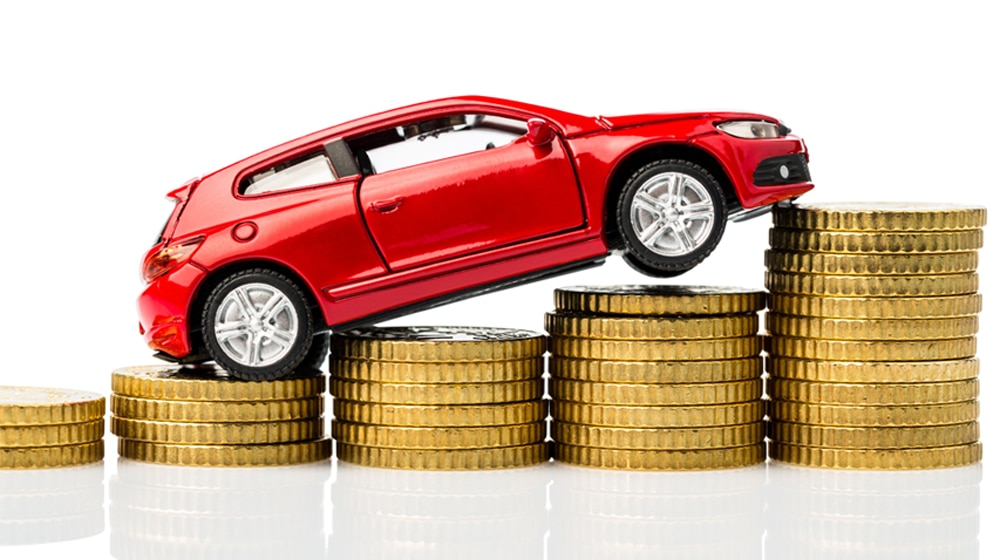



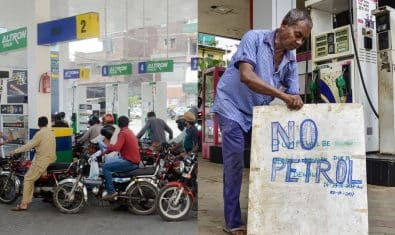
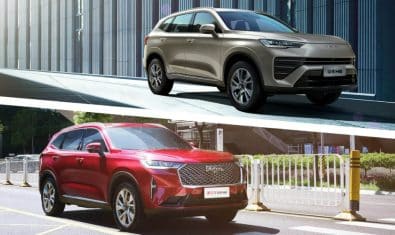
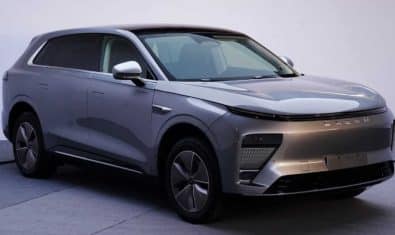
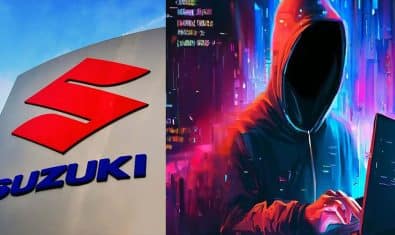

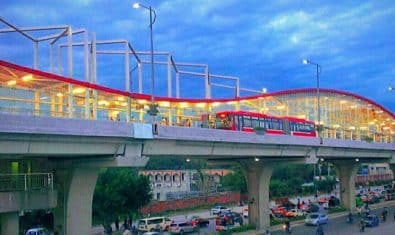
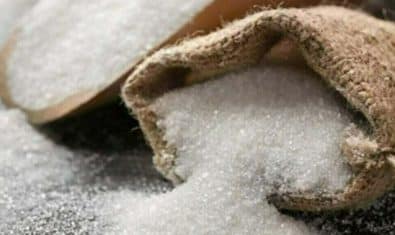

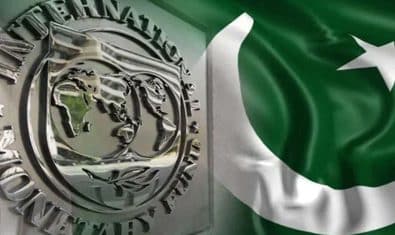


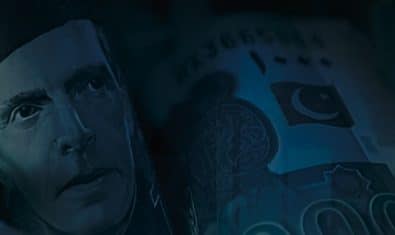
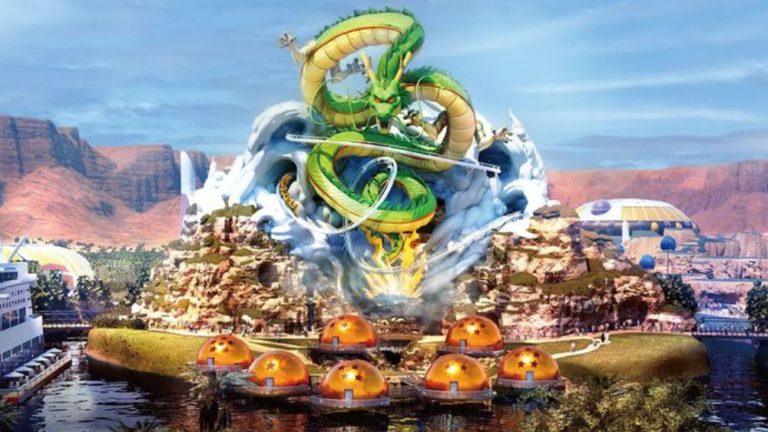






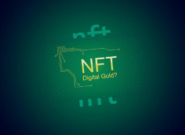

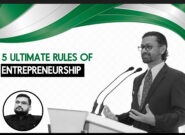










I have purchased a bike to my rising expenses.
mOTORCYLE IT IS
Plan to buy donkey carts
IN DREAMS INSHAA ALLAH
Ohh really, good news
Pakistaní politicians ar t blame for all this crisis..Shame on think tanks of Pakistan…
As long as rates are in line with budget will perfbeley to buy a car instead bike
Carmakers should raise prices every month. Buyers have vanished from the markets months ago. The cars will stay standing in showrooms.
mafea hia pakistan me auto industry ka logo ko lout raha hia hakomat ke sath mil kar laant hia asi team per our mafea per
Only auto Industry is to be blamed for their crisis. They had decades to implement local production of their vehicles. Had they done that, none of this would have happened.
It’s not just the car price. Petrol price is major factor which will automatically reduce car prices when no one will buy them. In Pakistan car prices are highest among the world. More than any country of the world. Anni dayooo koi mazak ayyy.
Thanks for the updates and situation regarding the car prices is very……